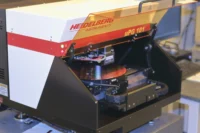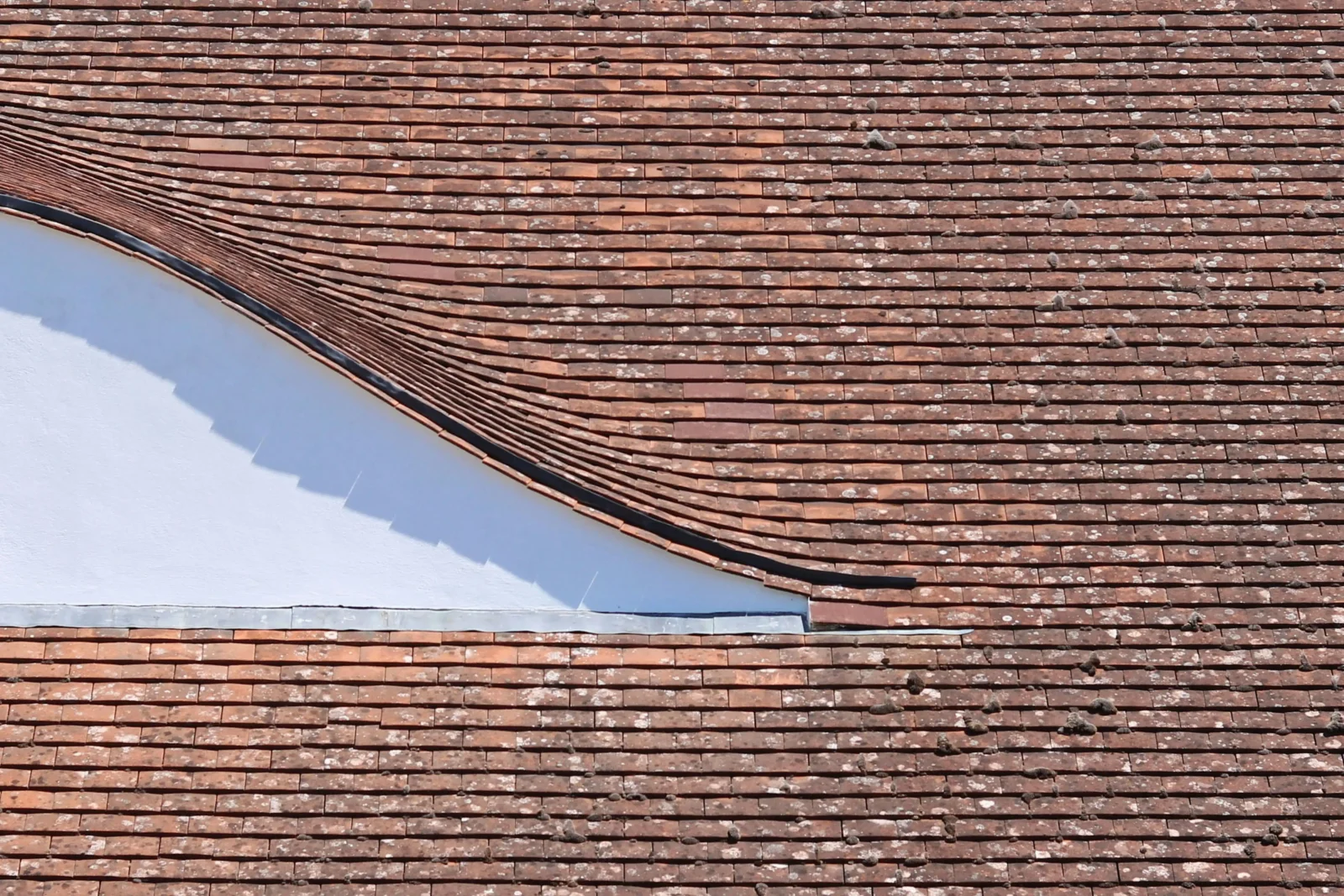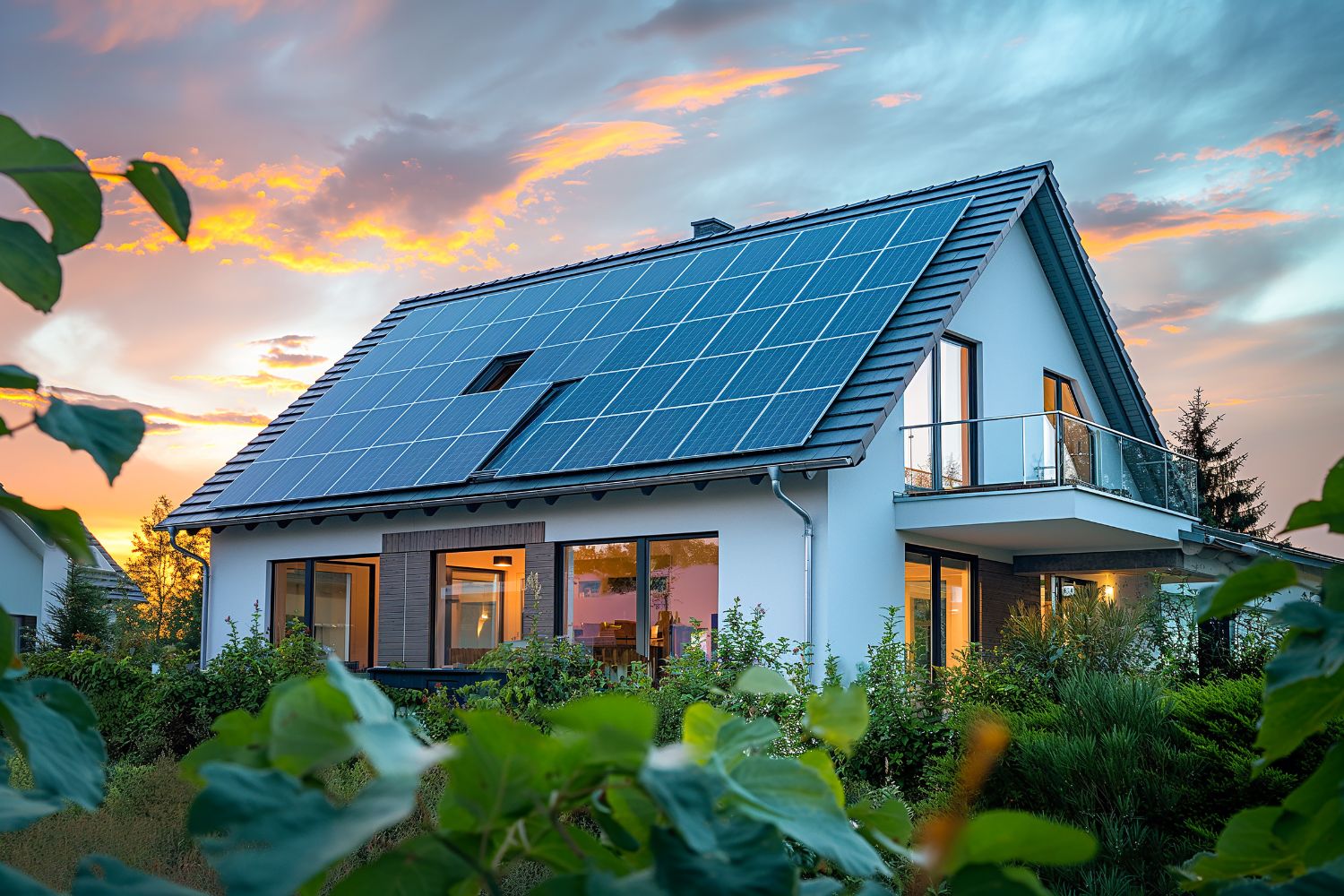- Home
- Articles
- Architectural Portfolio
- Architectral Presentation
- Inspirational Stories
- Architecture News
- Visualization
- BIM Industry
- Facade Design
- Parametric Design
- Career
- Landscape Architecture
- Construction
- Artificial Intelligence
- Sketching
- Design Softwares
- Diagrams
- Writing
- Architectural Tips
- Sustainability
- Courses
- Concept
- Technology
- History & Heritage
- Future of Architecture
- Guides & How-To
- Art & Culture
- Projects
- Interior Design
- Competitions
- Jobs
- Store
- Tools
- More
- Home
- Articles
- Architectural Portfolio
- Architectral Presentation
- Inspirational Stories
- Architecture News
- Visualization
- BIM Industry
- Facade Design
- Parametric Design
- Career
- Landscape Architecture
- Construction
- Artificial Intelligence
- Sketching
- Design Softwares
- Diagrams
- Writing
- Architectural Tips
- Sustainability
- Courses
- Concept
- Technology
- History & Heritage
- Future of Architecture
- Guides & How-To
- Art & Culture
- Projects
- Interior Design
- Competitions
- Jobs
- Store
- Tools
- More
Architectural Roofing Systems Trends and Innovations: Exploring Modern Advancements in Design
Discover the latest trends and innovations in architectural roofing systems, blending sustainability, smart technology, and cutting-edge materials. From green roofs to solar-integrated designs, explore how modern roofing enhances aesthetics, energy efficiency, and durability while addressing challenges like climate resilience and costs.

When it comes to architectural design, roofing systems play a pivotal role in both functionality and aesthetics. They’re no longer just about protection from the elements; they’re now a canvas for innovation, sustainability, and cutting-edge technology. As we push the boundaries of design, roofing systems are evolving to meet modern needs while embracing eco-friendly solutions.
We’re seeing a shift toward smarter, more efficient materials and designs that blend beauty with practicality. From green roofs that support urban biodiversity to solar-integrated systems that generate energy, the possibilities are transforming how we think about rooftops. These innovations aren’t just trends—they’re shaping the future of architecture.
In this article, we’ll explore the latest advancements in roofing systems, uncovering how they’re redefining construction and design. Whether you’re an architect, builder, or homeowner, understanding these trends is key to staying ahead in an ever-changing industry.

Table of Contents
ToggleOverview Of Architectural Roofing Systems
Architectural roofing systems combine functionality, durability, and design versatility. They protect structures from environmental elements while enhancing visual appeal. These systems integrate advanced materials and innovative designs to meet diverse construction needs.
Modern roofing systems address energy efficiency, sustainability, and climate resilience. Green roofs, solar panel installations, and reflective coatings are examples of features that contribute to eco-friendly construction. These technologies reduce energy consumption and carbon footprints.
Structural capabilities are equally critical. Roofing systems often feature lightweight materials like metal alloys and composite panels to minimize structural load while maintaining performance. High-performance insulation and underlayment components improve thermal regulation and moisture control.
Aesthetic customization plays a significant role in architectural roofing. Materials such as ceramic tiles, shingles, and natural slate offer options for specific design themes. Customizable patterns, colors, and textures enhance building identity, aligning with modern architectural requirements.

Emerging Trends In Roofing Systems
Advancements in roofing systems are reshaping architectural practices, blending sustainability, technology, and design. These trends address modern construction demands while improving efficiency and functionality.
Sustainability And Eco-Friendly Materials
Roofing systems increasingly utilize sustainable materials to meet environmental goals. Options like recycled metal, reclaimed wood, and bio-based materials reduce waste and environmental impact. Green roofs or vegetative systems offer insulation while enhancing urban biodiversity. Cool roofing, with reflective coatings or membranes, minimizes heat absorption, cutting energy consumption in warmer climates.
Use Of Smart Technology In Roofing
Smart roofing integrates advanced technologies to improve performance and monitoring. Systems with embedded sensors track weather damage, leaks, and thermal efficiency for predictive maintenance. Roofs equipped with solar panels or photovoltaic tiles generate renewable energy, blending functionality and environmental efficiency. Automation in roofing systems enables real-time adjustments, optimizing energy use and durability.
Aesthetic Designs And Customization
Modern roofing designs prioritize aesthetics alongside functionality. Materials like colored metals, textured shingles, and glass membranes offer varied looks to align with architectural themes. Customization through modular systems supports unique layouts, while dynamic shapes, such as undulating or sloped roofs, enhance visual appeal. These advancements balance performance with tailored design aesthetics.

Innovations Transforming The Roofing Industry
Ongoing advancements are redefining how we approach roofing systems in modern construction. Emerging innovations blend cutting-edge technology, material science, and sustainable practices to address environmental and architectural needs.
Advanced Roofing Materials
Innovative materials are driving performance, durability, and sustainability in roofing systems. Engineered thermoplastics like TPO (thermoplastic polyolefin) enhance weather resistance and reflectivity, reducing heat absorption. Self-healing asphalt shingles infused with polymers extend lifespan by repairing minor damage autonomously. Recycled materials, such as reclaimed steel or tile, provide environmentally friendly alternatives while maintaining strength and aesthetic value.
Nano-coatings are improving weatherproofing by creating hydrophobic surfaces that resist moisture and contaminants. Bio-based materials, such as soy-based polyurethane, are offering sustainable options for insulation and waterproofing.
Energy-Efficient Roofing Technologies
Energy-efficient roofing solutions aim to minimize energy consumption and optimize building performance. Cool roofs, with high-reflectance surfaces, reduce indoor temperatures by reflecting sunlight, lowering cooling costs. Building-integrated photovoltaics (BIPV) merge solar modules directly into roofing materials, seamlessly generating renewable energy while preserving aesthetics.
Thermal insulation advancements, such as aerogel-infused panels, improve heat retention in colder climates. Smart roofing technologies, including embedded sensors, provide real-time data for optimizing energy use and managing system performance.
Modular Roofing Systems
Prefabricated modular systems introduce flexibility, speed, and cost-efficiency to construction projects. These systems streamline installation by creating factory-made components designed for quick on-site assembly. Lightweight materials, such as engineered foam cores, enable scalability without compromising structural integrity.
Customizable modular systems support aesthetic diversity. Green roof modules pre-filled with vegetation simplify installation for projects aiming to enhance urban biodiversity. Roofing panels integrated with photovoltaic cells combine energy efficiency with functional design adaptability.

Challenges Facing The Roofing Industry
The roofing industry faces several challenges, particularly as it balances technological advancements with practical implementation. Changes in economic, environmental, and societal factors add complexity to the sector’s evolution.
Cost Versus Innovation
Pioneering innovations often increase costs, creating barriers for widespread adoption. Advanced materials like BIPV and smart roofing systems demand substantial investment, both in production and installation. This cost can deter smaller-scale projects or limit access for budget-conscious builders. Despite benefiting long-term building performance, the initial financial burden often slows the transition to cutting-edge solutions.
The expense of integrating sustainable materials, such as recycled metal or self-healing shingles, reflects their specialized production methods. For instance, engineered thermoplastics provide superior durability but at a higher price point than conventional options. Balancing affordability with innovation remains a critical hurdle.
Adapting To Climate Changes
Roofing systems encounter increasing pressure to address unpredictable climate patterns. Design trends now prioritize resilience to extreme weather, including high winds, heavy rainfall, and prolonged heatwaves. Regions prone to hurricanes or wildfires demand specialized roofing solutions, like high-tensile metal roofs or fire-resistant materials. Adapting systems to diverse environments while keeping them cost-effective adds complexity to manufacturing processes.
Sustainability efforts compound these challenges, with architects and builders seeking roofs that mitigate environmental impact while enduring severe conditions. Cool roofs and reflective coatings reduce heat absorption but require precise engineering to maintain durability under harsh climates. Addressing this multifaceted demand for climate adaptability highlights the industry’s pressing challenges.
Conclusion
Architectural roofing systems are evolving with a focus on sustainability, innovation, and aesthetic adaptability. Advancements in materials, like recycled components and engineered thermoplastics, provide enhanced durability while addressing environmental concerns. Integrated technologies, such as solar panels and smart sensors, improve energy efficiency and monitoring capabilities, meeting modern construction demands.
Emerging trends place importance on design flexibility, using modular systems and customizable features to align with diverse architectural styles. Simultaneously, challenges like cost implications and climate adaptability demand practical solutions to ensure accessibility and resilience. The roofing industry is transforming through these innovations, balancing performance, sustainability, and design.
- advanced roofing systems
- architectural roof designs
- Architectural roofing systems
- contemporary roof design
- cutting-edge roofing technology
- energy-efficient roofing systems
- flat roof advancements
- green roofing innovations
- innovative roof designs
- modern roofing solutions
- modern roofing trends
- new roofing technologies
- roofing design innovations
- sloped roof systems
- solar roof integration
- sustainable roofing solutions
- trends in roofing materials
Submit your architectural projects
Follow these steps for submission your project. Submission FormLatest Posts
Best Practices for Roof Inspections and Maintenance
On most projects, the roof spends decades out of sight while carrying...
Sunny Days, Secure Roof: Simple Steps to Shield Your Home
Your home is more than just a place to live—it’s a sanctuary....
Simple and Stylish Roof Ideas for Homeowners
When designing your home, don’t overlook the roof. It’s essential for both...
Key Qualities to Look For in a Residential Roofing Contractor
Choosing a residential roofing contractor involves careful consideration. The roof is a...












Leave a comment